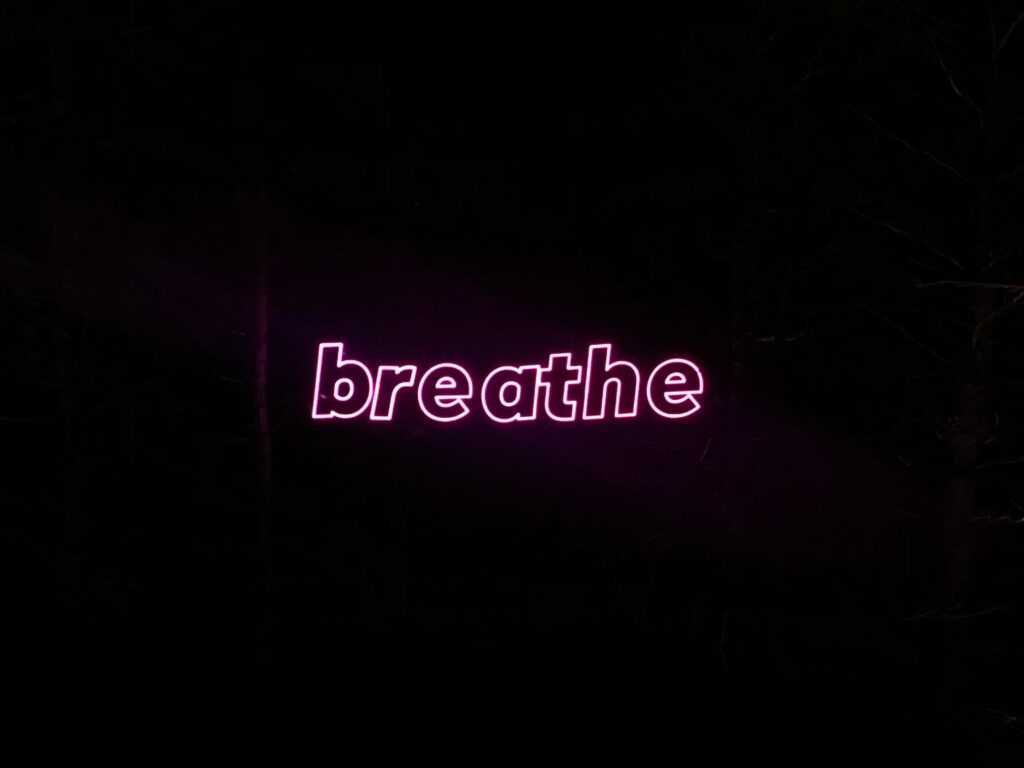Why Breathing Works Differently Than You Think
Breathing is automatic, but it’s also one of the few things you can take the wheel on anytime, anywhere. That control matters. When you slow your breath and make it deeper, you flip on your parasympathetic nervous system, also known as the body’s rest and digest mode. It’s the opposite of fight or flight.
The benefit? You don’t need a yoga mat, guided meditation, or a candlelit room to start. Just three to five minutes of steady, intentional breathing can lower cortisol levels, sharpen your focus, and ease built up tension. It’s not magic, just biology a simple switch with big effects.
Best part: your breath is free. No app. No gear. Just a tool built in and always ready.
Discover the Benefits of Mindful Breathing
Box Breathing (a Navy SEAL favorite)

Simple doesn’t mean weak. Box breathing is proof. Used by elite forces, pro athletes, and anxious commuters alike, it’s a square of breath that slows everything down.
Here’s the method:
Inhale through your nose for 4 seconds
Hold your breath for 4 seconds
Exhale slowly through your mouth for 4 seconds
Hold with empty lungs for 4 seconds
That’s one round. Do it four times. No need to close your eyes or sit cross legged. You can do it at your desk, on a subway, even while walking. The rhythm brings your nervous system into check. Your mind, once racing, starts to idle. You don’t need calm music. You don’t need a therapist. You’ve got breath and that’s enough.
4 7 8 Breathing (for fast calm)
Here’s one that works fast and requires nothing but your breath. Inhale gently through your nose for 4 seconds. Hold it nice and steady for 7. Then exhale through your mouth with control for 8 full seconds. It should feel like a slow release, not a strained push.
This method cues the body to downshift. It’s a pattern that nudges the nervous system away from panic and toward something closer to focus. After just a couple of rounds, most people feel lighter, clearer. No meditation, no deep mindset hacks just air and time.
Use this before a tough meeting, a big exam, or when your brain won’t stop spinning. Three rounds can change your state. Simple. Effective. Quick.
Diaphragmatic Breathing (Deep Belly Help)
This technique is also known as ‘belly breathing’ or ‘abdominal breathing,’ and it’s a simple, effective way to calm your nervous system in real time. It helps you shift from shallow, anxious chest breathing to slower, more grounded inhales.
How to Practice Diaphragmatic Breathing
- Find a comfortable position sitting or lying down.
- Place one hand on your chest and the other on your belly.
This helps you stay aware of which part of your body is moving. - Inhale slowly through your nose.
Focus on drawing the breath deep into your belly your lower hand should rise while your upper hand stays still. - Exhale gently through pursed lips.
Let the breath leave your body without forcing it. Your belly should soften as you release.
Quick Tip for Focus:
Try doing this for just two minutes you may notice your mind slowing down and your body feeling more anchored. It’s especially useful in moments of overload or when rapid thoughts are hard to manage.
When to Use:
During anxious moments
Before sleep
As a midday reset when your mind is racing
Put It All Together: Practice On the Go
You don’t need candles or silence to breathe better. Practice these techniques while walking the dog, waiting for a train, or sitting in traffic. The goal isn’t to be perfect it’s to show up.
Choose one go to method that works for you. Something simple you can use when things get tense before a meeting, during a tough moment, whenever. Having a favorite in your back pocket makes all the difference.
The key is repetition. Using even one of these methods regularly builds mental stamina and sharpens your ability to stay clear under pressure. It’s not about doing it once it’s about doing it often.


 Hiking Trail Guide Expert & Outdoor Adventure Curator
Keturaha Perrymaners is an experienced trail guide and hiking enthusiast with an unparalleled passion for discovering and exploring nature’s most beautiful and secluded paths. As the hiking trail expert at Whisper Forest Ways, Keturaha curates comprehensive guides that cover everything from beginner-friendly walks to challenging multi-day treks. Her deep knowledge of terrain, weather patterns, and outdoor safety ensures that her recommendations cater to hikers of all levels, helping them prepare for their adventures with confidence. Whether you’re seeking scenic trails for mindfulness walks or rugged paths for a physical challenge, Keturaha’s expertly crafted guides provide the insights and inspiration you need to venture into the wilderness and fully immerse yourself in nature’s beauty.
Hiking Trail Guide Expert & Outdoor Adventure Curator
Keturaha Perrymaners is an experienced trail guide and hiking enthusiast with an unparalleled passion for discovering and exploring nature’s most beautiful and secluded paths. As the hiking trail expert at Whisper Forest Ways, Keturaha curates comprehensive guides that cover everything from beginner-friendly walks to challenging multi-day treks. Her deep knowledge of terrain, weather patterns, and outdoor safety ensures that her recommendations cater to hikers of all levels, helping them prepare for their adventures with confidence. Whether you’re seeking scenic trails for mindfulness walks or rugged paths for a physical challenge, Keturaha’s expertly crafted guides provide the insights and inspiration you need to venture into the wilderness and fully immerse yourself in nature’s beauty.
